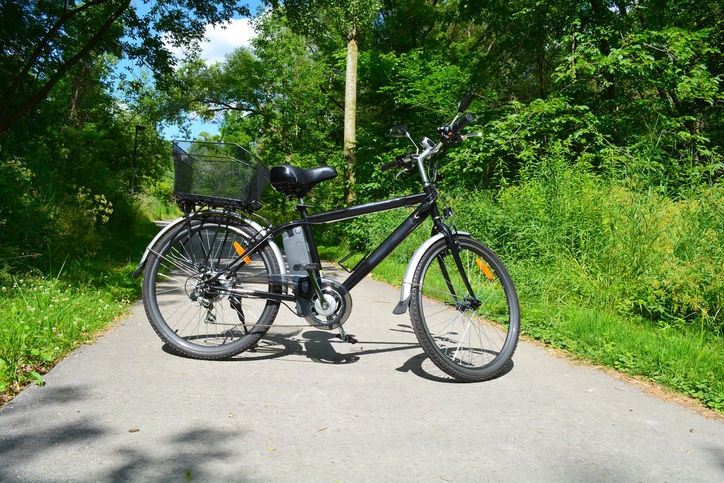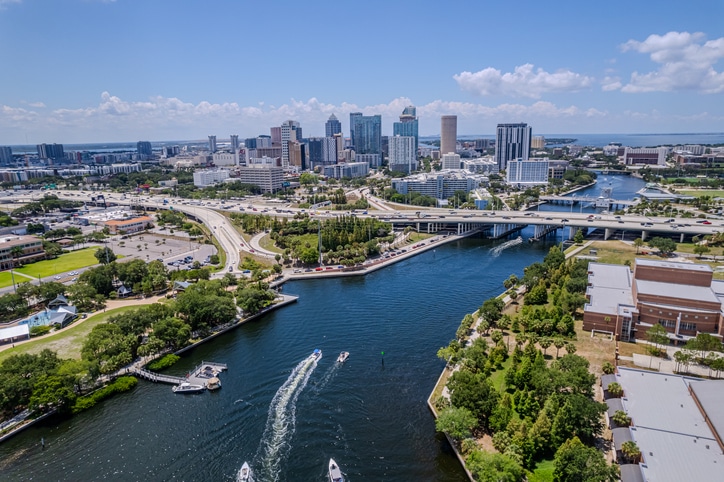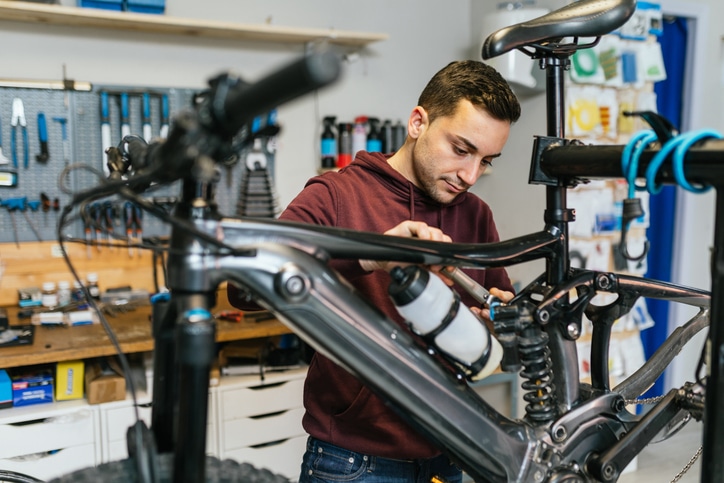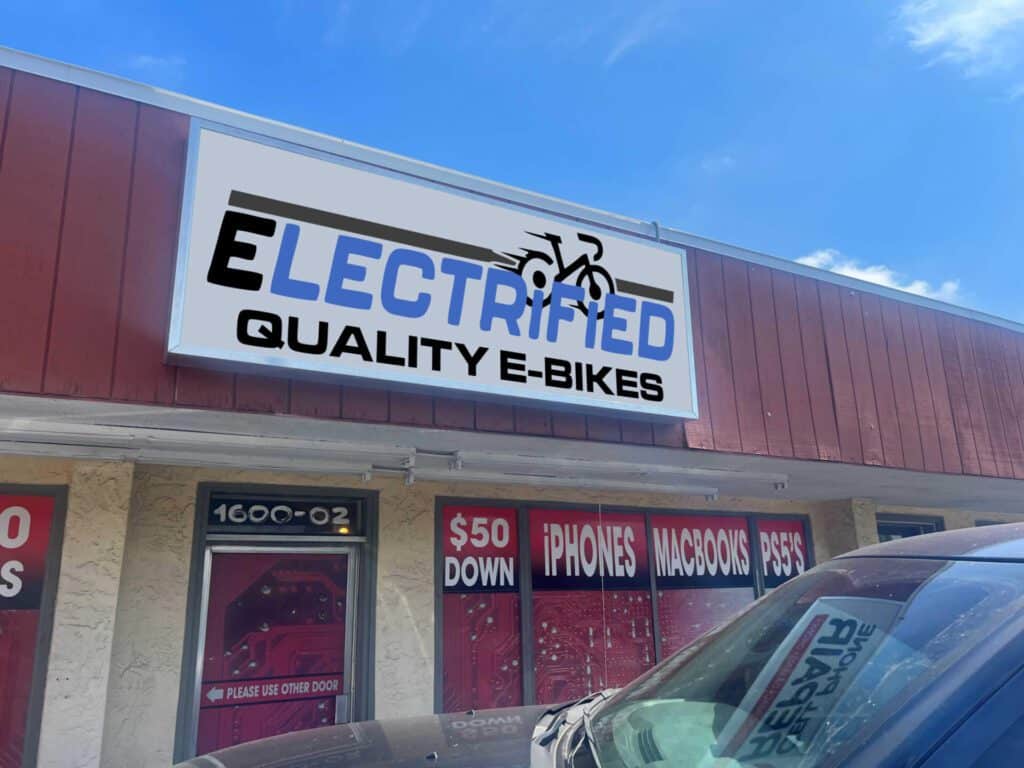As ebikes become more and more popular, one of the biggest grey areas is the regulations surrounding the use of ebikes on trails.
The rules and attitudes regarding their use on hiking and biking trails vary from place to place.
Types of ebikes
Understanding the different types of ebikes is important before getting into specific regulations.
Class 1: These bikes have a motor with pedal assist with speeds up to 20 mph.
Class 2: Class 2 bikes have a throttle that allows acceleration without pedaling with speeds up to 28 mph.
Class 3: This type of bike has a motor with pedal assist that can reach speeds up to 28 mph and a throttle that allows acceleration without pedaling up to 20 mph.
Restrictions
Federal regulations and restrictions: The U.S. Forest Service and Bureau of Land Management generally allow Class 1 and Class 2 e-bikes on trails designated for bicycle use. However, it is always wise to check regulations for specific locations to be safe.
State and local regulations: Most states and local jurisdictions have rules regarding e-bikes on trails. Some allow only certain classes, while others restrict their use entirely.
Trail-specific rules: Always check individual trails as well as Federal and State regulations because some trails have their own rules regarding ebike use.
Factors affecting ebike use on trails
These are some other factors to consider before taking ebikes on trails.
Trail type: Trails that are single-track or paved may have different rules.
Trail use: Trails designated for a specific purpose, like recreation or commuting, may have specific rules for allowing or not allowing ebike use.
Environmental: Some restrictions may be based on environmental concerns, like keeping ecosystems and wildlife intact and uncompromised.
User issues: Some rules may be enforced out of concern for conflicts between ebike riders, hikers, and other traditional cyclists.
Common ebikes for trail use
While it is always safe to consult your federal, state, and local laws before hitting the trails, these bikes are the most common on trails that allow ebikes.
CLASS 1: This is the most common type used on trails. They only have pedal assist, giving a boost from the motor to the rider when needed. Usually, the motor assist cuts off at around 20 mph, regulating the speed that can be achieved.
At Electrified Ebikes, the Heybike Ranger is a versatile, all-terrain, Class 1 ebike equipped with a long-range battery and a comfortable ride.
The Velotric Nomad is another great Class 1 lightweight ebike with a sleek design and a foldable frame for easy transport.
CLASS 2: These bikes have pedal assist and a throttle and can travel up to 28 mph.
If you’re looking for a compact, easy-to-transport, foldable ebike, the Heybike Mars is a versatile choice for city or off-road riding. With pedal assist and a throttle, it has a max speed of 20 mph and a max range of 48 miles.
Another all-around, compact foldable ebike is the Heybike Ranger S. It comes with pedal assist and a throttle that travels up to 28 mph with a max range of 55 miles.
CLASS 3: Class 3 ebikes are often highly restricted or outright banned from hiking and biking trails. Why?
Environmental concerns: These bikes are powerful and can cause potential damage to trails, especially in sensitive ecosystems.
Safety concerns: Class 3 bikes travel at much higher speeds, posing a greater risk to other riders and hikers.
While e-bikes can be a convenient, fun way to explore hiking and biking trails, respecting local laws and regulations to protect riders and hikers is always important.




